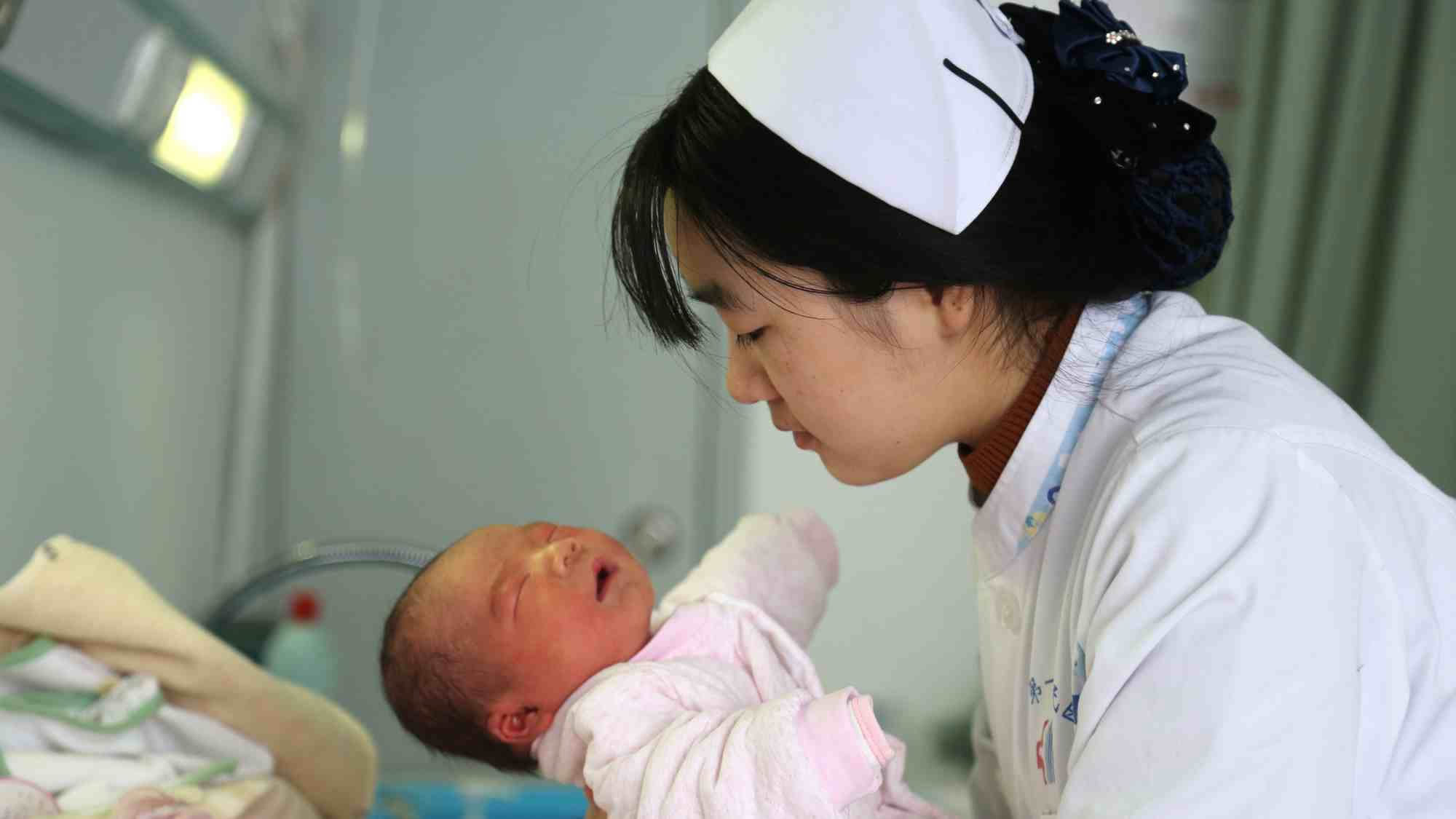
China
15:21, 23-Jan-2017
Second-child policy contributes to China's largest newborn population in 16 years
Updated
10:37, 28-Jun-2018

A total of 17.86 million babies were born in China in 2016, an increase of 7.9 percent from 2015, according to China’s National Bureau of Statistics (NBS).
In part thanks to the implementation of the two-child policy at the beginning of last year, the number of newborns increased by 1.31 million compared with 2015, making the highest annual number since 2000.
The portion of births to couples who already had at least one child rose to at least 45 percent last year, Yang Wenzhuang, a divisional director of the National Health and Family Planning Commission, said at a news conference on Sunday. The proportion was around 30 percent before 2013.

CGTN Photo
CGTN Photo
Since January 1, 2016, married couples in China were allowed to have two children. That was an easing of the “selective two-child policy” introduced in 2014, which allowed couples to have two children if either of the parents were themselves only children.
According to the NBS, couples in eastern regions had more newborn babies than other regions in 2016. The number of babies born in Guangdong, Shandong, Henan and Hebei provinces accounted for more than one third of the total number of newborn babies across the country in the past year.

CGTN Photo
CGTN Photo
However, a number of couples still feel reluctant to have a second baby, mainly citing a lack of time and financial support.

CGTN Photo
CGTN Photo
“In recent years, housing prices in big cities skyrocketed and that has put many families under heavy financial pressure. Women are worried about losing job or promotion opportunities for pregnancy. They’re all reasons why many couples don’t have a second baby,” said Yang.

SITEMAP
Copyright © 2018 CGTN. Beijing ICP prepared NO.16065310-3
Copyright © 2018 CGTN. Beijing ICP prepared NO.16065310-3